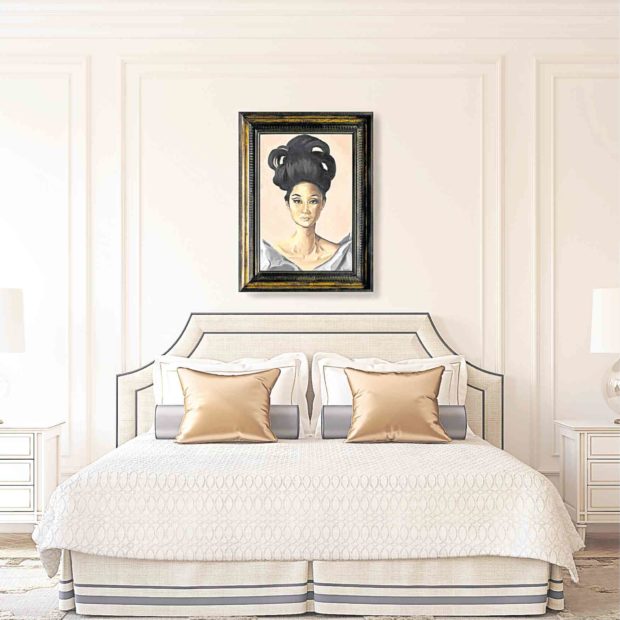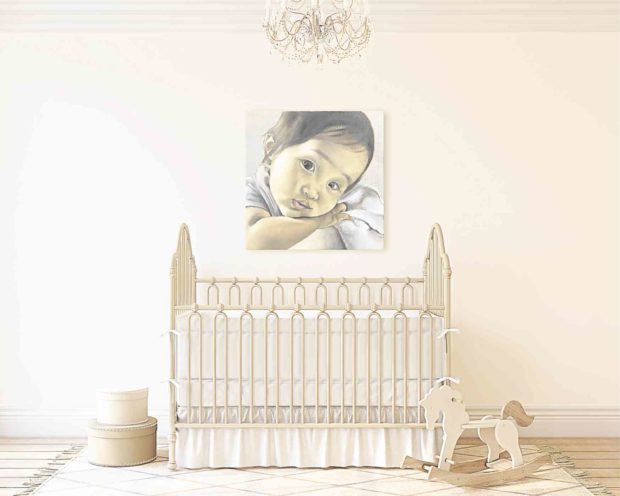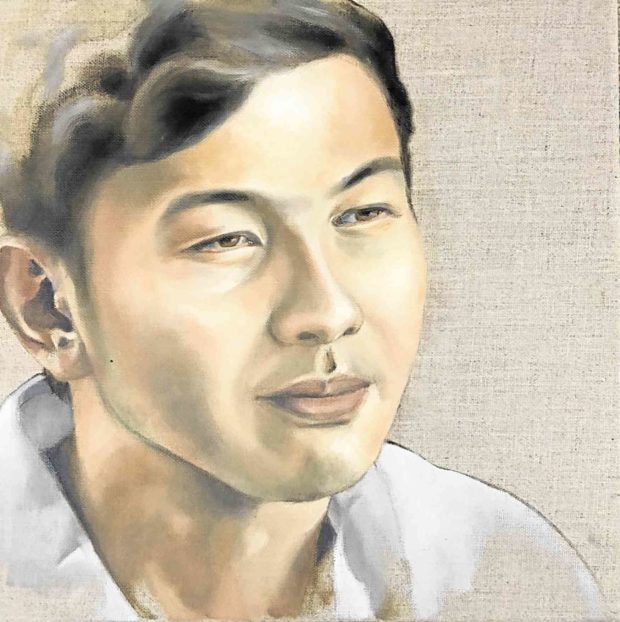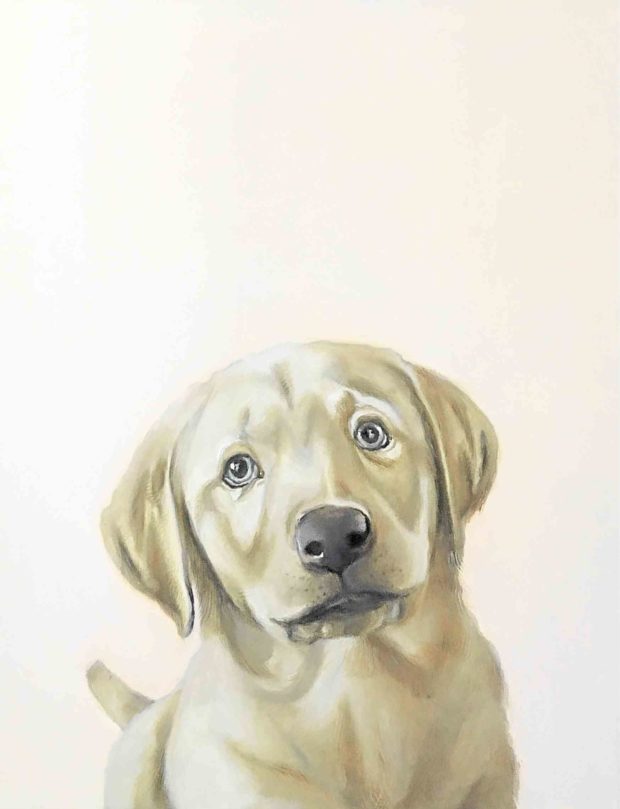
I don’t shop for clothes anymore!”
Carla Sibal Thompson cackles on the phone from her home in London, as if realizing how ludicrous what she just said sounded.
A very odd thing to hear, indeed, from a former fashion editor and fashion designer, one of Manila’s best dressed, who now lives in one of the most fashionable places on earth.
As if a lifetime ago, Thompson’s svelte, perpetually tanned frame was always sheathed in stylish duds, a head-turner wherever she went, with her glorious wavy mane and towering heels.
These days, in her rebirth as an oil portrait painter, Thompson putters all day in her studio, from 8:30 a.m. to sundown to take advantage of the natural light, in shapeless white painter’s smocks and trainers.
“This is my life now,” she says. “What I make from my portraits, I also invest in my art. I buy supplies and I take art classes. When Jappy (Gonzalez, the man behind Homme et Femme, Balenciaga, Off-White, who’s her close friend) comes to visit and asks me to go shopping at Dover Street Market, I just wait for him in the café.”

Falling in love
Thompson moved to the United Kingdom in 2011, initially only to take her masters (MA Publishing) at the University of the Arts London. She fell so in love with the city—and with a British New Yorker, a hedge fund manager, now her husband—that she never left.
At first, Thompson—who was editor in chief of Mega Magazine for five years—founded a glossy title called Spark, but decided to sell it to an American company after a brief run. The publishing landscape had become too burdensome, especially in London where “they’re all so young!” she said.
It was during this time that she took up an old hobby: painting. She knew how to paint; she took up fine arts as a college freshman in San Francisco, California, before moving to Parsons School of Design (both in the New York and Paris campuses) to study fashion design. For 11 years, she designed her own ready-to-wear line called Baghera in the Philippines.
“I was just posting photos of my work—still lifes, abstracts, portraits—on Facebook and Instagram, and relatives and friends started inquiring. Then random people began messaging me. In 2016, I decided to do it full-time.”

Old masters’ techniques
She does mostly personal and corporate commissioned portraits, done in the classic, Renaissance style. She took classes on the old masters’ techniques—40 layers of paint for a painting—
under Miriam Escofet, recipient of the 2018 BP Portrait Award, one of the most prestigious art prizes in the United Kingdom.
American painter John Currin is another influence. “I so love his paintings, but I couldn’t afford them. I thought, I’d just learn to paint in his style.”
She prefers to photograph her subjects, which she did for the portraits of Gonzalez, chef Margarita Forés, and her own son, Mito Fabie aka Curtismith, the rapper. But not all subjects can do sittings, so most clients simply e-mail her reference photos.
Owing to her background in fashion, her portraits are stylized, the aesthetic quite contemporary. She collaborates with clients if they want a particular mood or color story, or even a specific location in mind to hang the piece.

“Portrait painting is semi-related to fashion. It’s about appearances,” Thompson says.
She also receives commissions for pet portraiture.
Turnaround for a small 12 x 12-inch portrait is about eight weeks—five weeks to paint, three weeks for it to dry, she says. (www.carlathompson.co.uk)
Thompson will hold her first solo exhibit of portraits on April 8 at London’s Chelsea Gallery on King’s Road.
But why portraits in the age of selfies?

“An oil portrait elevates you, which a selfie cannot do,” she says. “A portrait is a timeless piece of art, and yet it’s also an expression of its time.”
In her show, she devotes a section to selfies turned into oil portraits, to imbue them with lasting value.
“Art takes everything from you,” she says. “When I started it was like a black hole. I was willing to learn, so I took classes on the old masters, alla prima… There’s a lot of research, just to get the right color, for instance. You keep going back to the workshop. It’s all very technical.
“But I feel like it’s my life calling, because I love all aspects of it. I’m very passionate about it. When I was designing, I never liked the manufacturing side of it. I enjoyed only drawing and designing.”















































